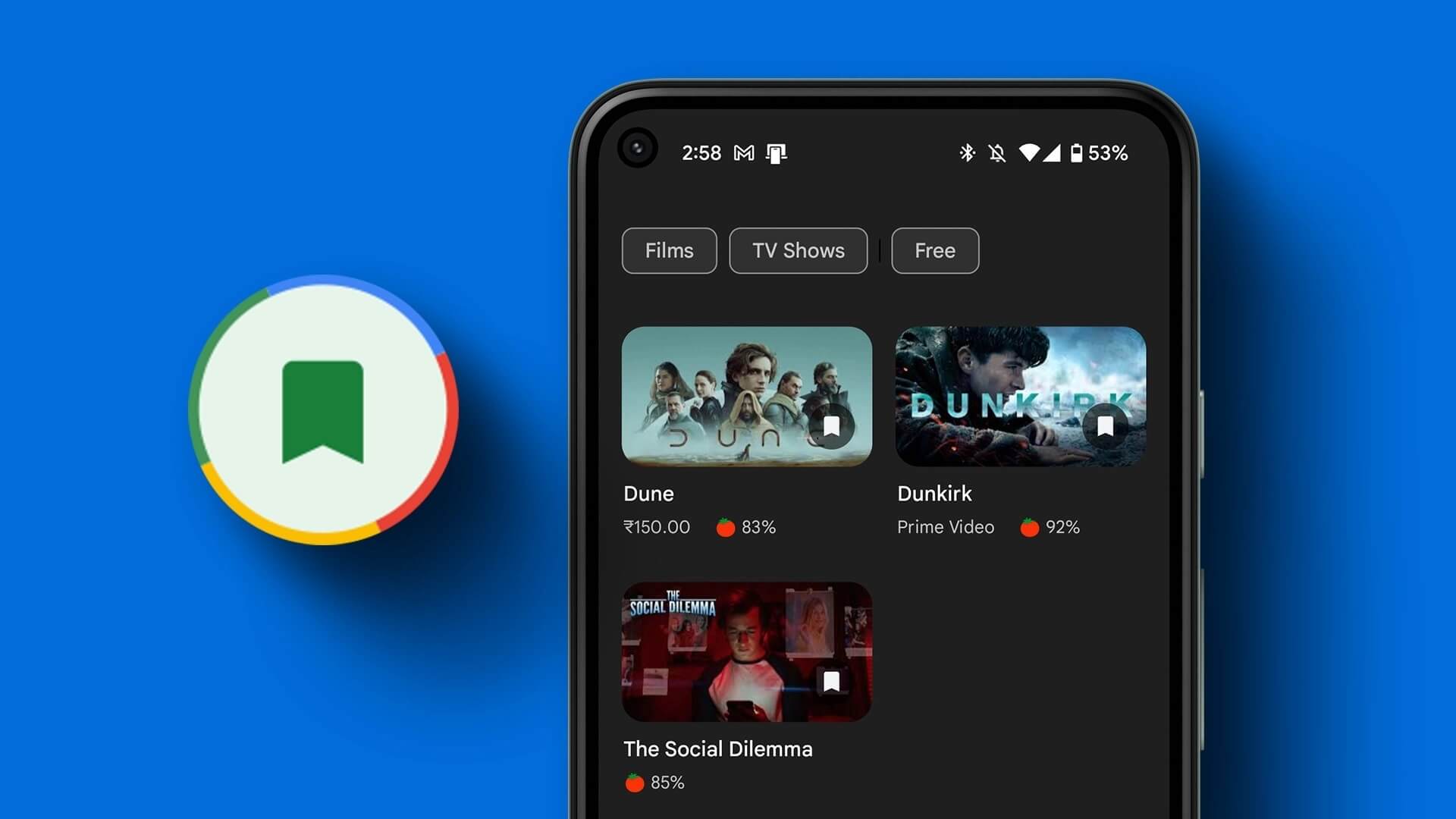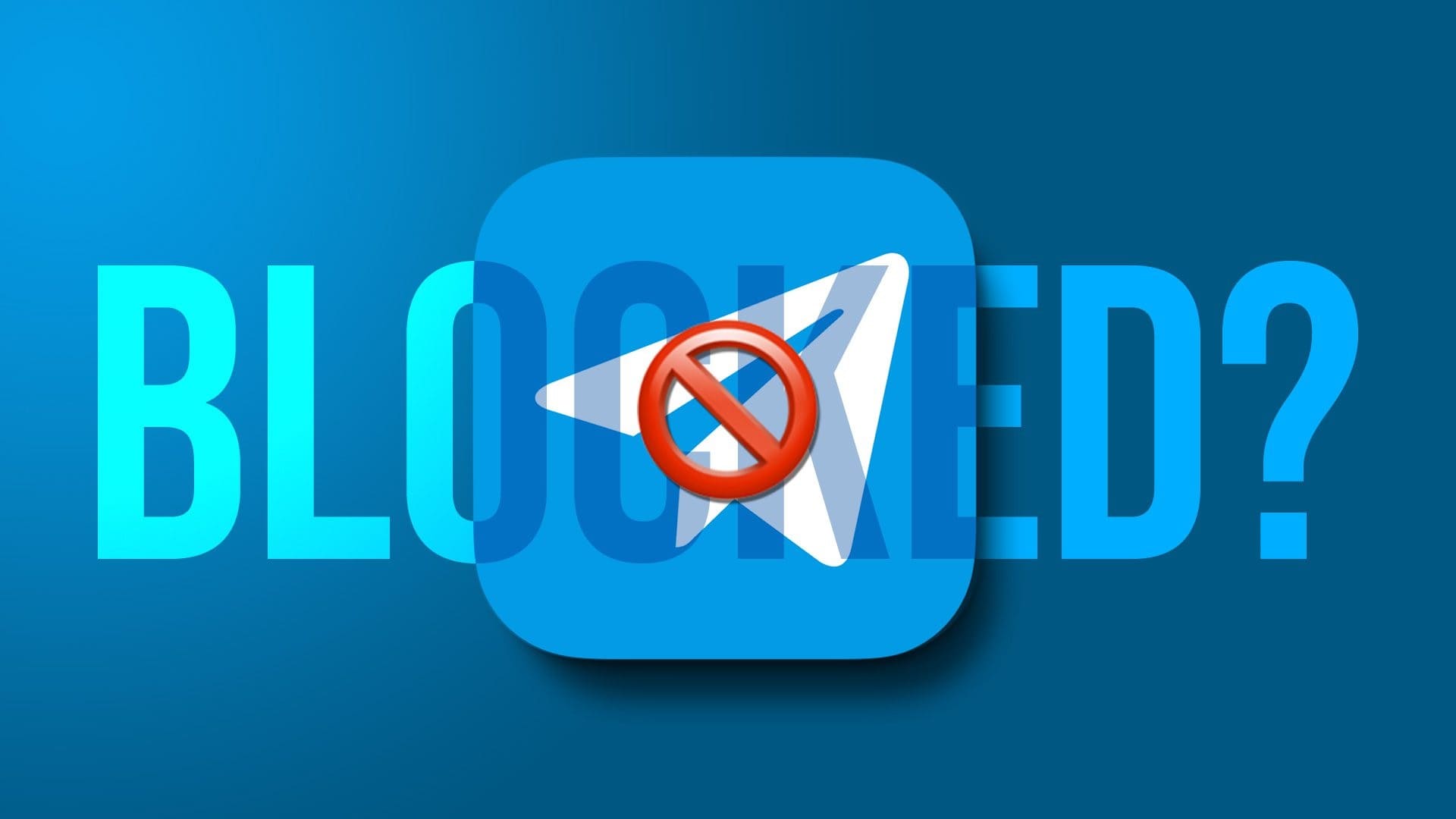Most people may know Google Maps However, not many people know about Google Sky Maps, another offering for those interested in space. Google Sky Maps differs from Google Maps in that it offers a 3D simulation of the sky and solar system. Here's how to use Google Sky Maps to explore outer space.

The app provides real-time information to compare changes in the sky and solar system. It's a great way to engage your children or develop a new interest. To learn more about the objects that can be viewed in the app and how to use it, read on.
Objects shown on Google Sky Maps
Before delving into how to use Google Sky Maps, it's important to note the displayable elements. When launching the maps, here are some of the displayable objects:
- Solar system: Shows the different planets in the solar system including the Moon and the Sun.
- Horoscopes: Shows different zodiac signs available like Aquarius, Aries, Cancer, etc.
- Hubble Gallery: Displays various image collections previously recorded by the Hubble telescope.
- Backyard Astronomy: Shows a view of the sky with stars.
- Earth and Sky Podcasts: This contains audio snippets of various events in the sky.
Other objects that can be viewed on maps include the Chandra X-Ray Showcase, the GALEX Ultraviolet Showcase, and the Spitzer Infrared Showcase.
How to access Google Sky Maps
Google Sky Maps can be accessed from a web browser and the Sky Map app. Here are the steps to follow to access the map from the web or app:
How to access Google Sky Maps from a browser
To access Google Sky Maps from a web browser, here's what you need to do:
Step 1: Launch your favorite web browser.
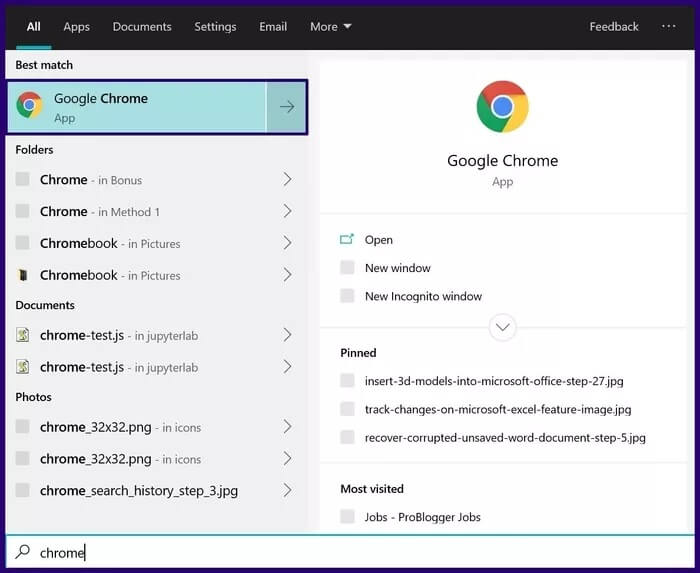
Note: For best results, Google Chrome should be your first choice of browser.
Step 2: In the address bar, type Google Sky Maps. The first result you see should be the web link to the maps.

Step 3: Click on the link and this will launch the application.
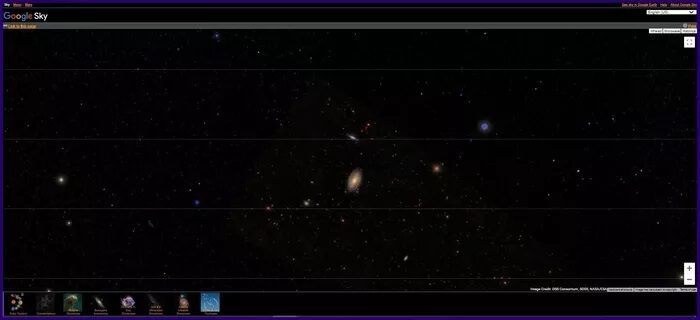
How to access Google Sky Maps from the Play Store
Another way to access the map is through the Sky Map app on the Google Play Store. Here are the steps to do so:
Step 1: Launch the Play Store on your Android phone or tablet.
Step 2: Find Sky Map in the search field and click Download.
Step 3: Once you have finished installing the app, tap on it and it will launch the map.
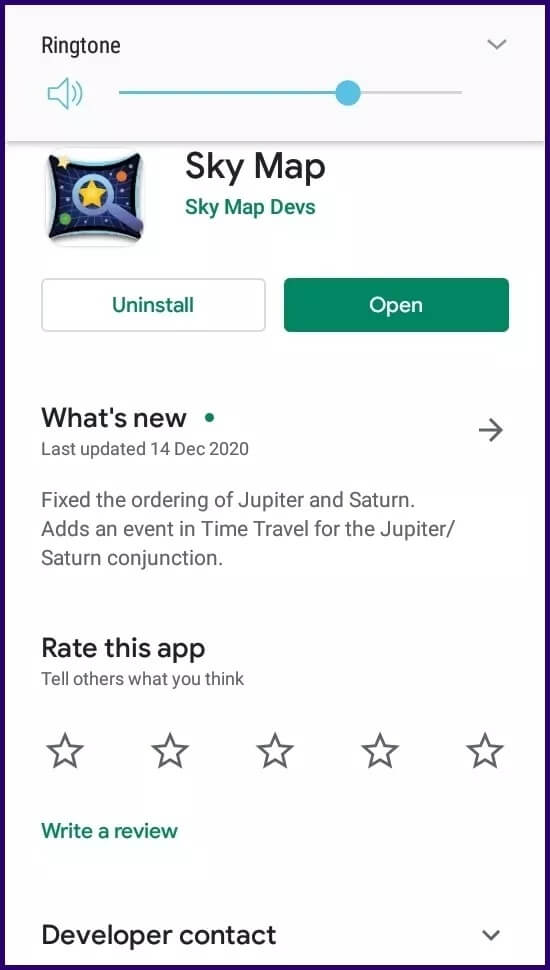
How to use Google Sky Maps
There's plenty to do on the map once you arrive. Here are some notable things you can do:
Find items on the map
If you want to search for locations or celestial bodies, here's what you should do:
Step 1: Launch the Sky Maps app on your phone or web browser.
Step 2: Select the search icon and enter the name of the item you want to see.
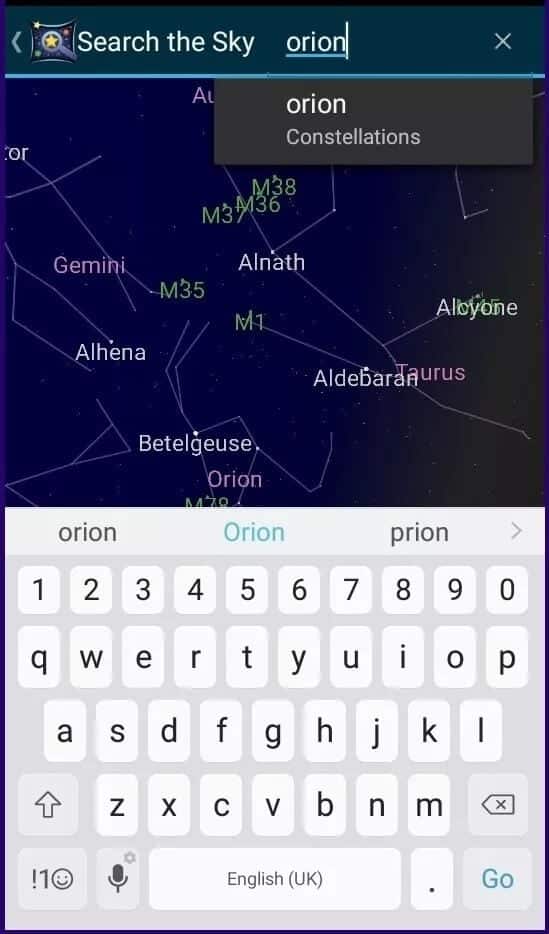
Note: Examples of items you can search for on the map include the Orion or Crab Nebula, or a specific latitude and longitude.
Step 3: Click Search to show results.
Navigate the map
In the app version of the map, you can swipe left or right to navigate the map. You can also pinch the screen with your fingers to zoom in or out. If you want to navigate the app on the web version, here are the steps to follow:
Step 1: Click the + or – keys on the right of the screen to zoom in or out.

Step 2: The cursor on the screen should resemble a hand. Hold down the left mouse button and drag left or right to navigate the map. You can use the arrow keys on your keyboard to move left or right on the map. Here's what each key represents in terms of direction:
- ⇧ To move north.
- ⇩ To move south.
- ⇨ To move east.
- ⇦ To move west.
Change views on the map
You can also change the way the map is displayed to you. In the web version of the map, there are three options in the right corner representing different views.
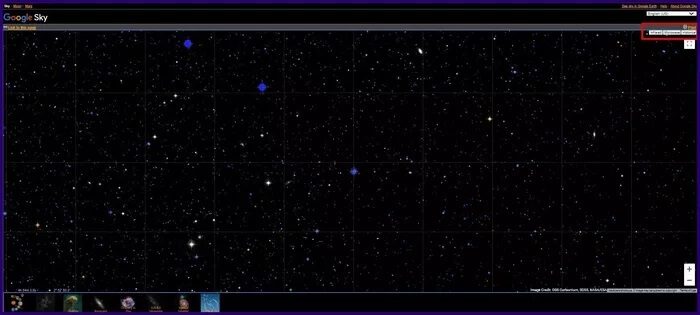
If you want to view the current scene in infrared mode, select the "Infrared" option to see the view as captured by the Infrared Astronomical Satellite (IRAS). NASA's Wilkinson Microwave Anisotropy Probe (WMAP) can show you the sky after the Big Bang in microwave mode, and you'll need to select the microwave option for that.
Finally, if you love old maps, choose Historical to see the classic sky as drawn by Giovanni Maria Cassini from the David Rumsey collections.
Meeting of heaven and earth
In addition to using Google Sky Maps to explore outer space, you can use Google Earth to explore the planet. However, Google Earth provides a satellite view of Earth. You can also use the Google Earth app to simulate flights or gain a virtual flight experience.





